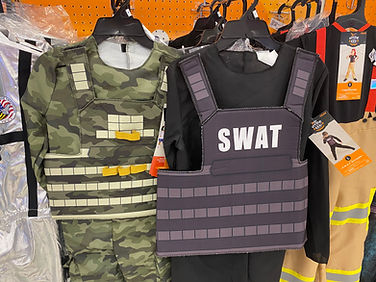(she/her, pronounced "uh-koo")

Uniform Histories
Uniform Histories is a virtual museum focusing on the history of uniforms in the United States. This includes uniforms for work, military service, athletics, and school as well as niches such as prisons, scouting, secret societies, and marching bands. Examples of fashions inspired by uniforms are also welcome; however, uniforms and the uniform industry have some unique features that make them different from fashion. All ages and genders are represented. This website is intended as a visual and text-based resource for people with professional interests in uniforms such as scholars, costume and fashion designers, and manufacturers, as well as enthusiasts such as collectors, cosplayers, and re-enactors.
Afterthought: A Family Story
This manuscript is a work of creative nonfiction focusing on my grandmother, who was born a century ago and died a few years before contraception and abortion became legally available. Between 1944 and 1955, Lila had seven children with at least four different men. She died at age 36 from years of overwork, repeated pregnancies, and a brief amphetamine addiction.

Militarized fashions
In 1916, the US federal government reformed the military and established the National Guard; on paper, this made it illegal for civilians for dress like soldiers or engage in paramilitary training. With a few exceptions (such as 'stolen valor' laws), this change has been widely ignored. Military uniforms have drawn inspiration from civilian styles and technologies; there has also been much enthusiasm for militarized fashions such as camouflage, cargo pants, bomber jackets, pea coats, aviator glasses, and tactical gear for outdoor recreation. This project is still at the data-gathering stage. I am particularly interested in the 19th and early 20th century.

Secret society regalia
This project is at the data-gathering stage. Secret societies such as the Odd Fellows, Knights of Pythias, Degree of Pocahontas, and Daughters of America were very popular in Indiana in the early 1900s. I am particularly interested in the 'militant' orders, participation by women, and regalia used in rituals. Ward-Stilson, a major regalia manufacturer, was based in Anderson, Indiana.

